
Feb 23 , 2025
By Ahmed T. Abdulkadir
African leaders such as Thomas Sankara and Kwame Nkrumah had warned about external debt becoming a tool of neo-colonial dominance. In the 1980s and 1990s, the International Monetary Fund (IMF) and World Bank's structural adjustment programs forced African states to slash public spending, privatise industries, and open markets to foreign investors. The resulting austerity weakened public institutions, heightened poverty, and cemented dependence on Western finance.
By the early 2000s, African countries were encouraged to seek sovereign credit ratings and tap private capital markets, sidestepping traditional lenders. But, after the 2008 global financial crisis, investors looking for high yields poured into African sovereign bonds. In the decade from 2010, Africa’s external debt rose by 180pc.
Once economic turbulence hit, credit rating downgrades triggered capital flight. Countries such as Zambia, Ghana, and Ethiopia defaulted and returned to the IMF for restructuring, replaying a familiar cycle of austerity conditions and fresh borrowing. Kenya, Ghana, and Ethiopia are cutting subsidies, raising taxes, and devaluing currencies to secure debt relief. Creditors, including Western institutions and China, continue to demand repayment at rates higher than those offered to wealthier countries.
The African Union’s (AU) recent call for reparations to address centuries of slavery, colonialism, and economic exploitation has reignited a contentious debate. Beyond symbolic gestures, it should be viewed as an urgent measure for a "Debt Jubilee for Africa." Cancelling the continent’s 1.1 trillion dollars in external debt, built under an unequal global framework, should be less a matter of charity than correcting structural injustice.
In 2024 alone, African governments spent an estimated 89 billion dollars on debt servicing, diverting funds that could have been used for social services and infrastructure development.
Nigeria allocated 96pc of its government revenue to debt repayment two years ago; while Ghana dedicated more than seven percent of its GDP to paying interest on loans. Ethiopia’s debt stock may be lower than that of many of its peers, yet it spent 2.1 billion dollars on debt servicing compared with only 1.9 billion dollars spent to relieve its citizens of poverty.
Critics may argue that cancelling these obligations encourages fiscal irresponsibility. However, much of Africa’s debt arises from coercive or predatory loans, often signed by illegitimate regimes, and routinely repaid through interest without reducing the principal. Today’s financial framework is rooted in exploitative colonial-era practices. After independence, many countries needed loans to rebuild or transform their economies. Former colonial powers and institutions like the IMF granted funding with stiff conditions, including structural adjustments and austerity measures. These conditions often prioritised creditor returns over borrowers' interests, creating a cycle of heavy borrowing, repeated interest payments, and marginal progress on reducing the principal.
Historical precedent is instructive. In the aftermath of World War II, the United States launched the Marshall Plan, injecting 13 billion dollars — around 150 billion today — into Europe. That move, which included debt relief and substantial investment, fueled industrial revival and built Europe’s middle class. Even defeated powers like Japan and Germany benefited from this arrangement, which boosted postwar U.S. industrial expansion.
Africa’s argument is that its current debts grew from centuries of exploitation rather than a conflict that decimated the region. The pattern - “systemic plunder” - echoes colonial extraction. Debt cancellation forms a core pillar of the AU’s reparations agenda. It is more than compensation for historical crimes but a means to dismantle ongoing mechanisms of inequality.
According to the Committee for the Abolition of Illegitimate Debt, redirecting half of Africa’s debt service could raise GDP growth by two to four percentage points, potentially adding more than two trillion dollars to the continent’s economy over a decade. Consumer spending, currently around 2.1 trillion dollars, could double by 2035. A mere 20pc boost in African imports from the U.S., the EU, and China would channel 50 billion dollars annually to those economies and create an estimated one million new manufacturing and export-related jobs.
Debt relief could also help address the migration crisis. Close to 80pc of migrants traversing the Mediterranean to Europe originate from Africa. Migration pressures grow as the climate crisis intensifies and economic conditions remain strained. Freed from punishing debt, African countries could invest in green energy and sustainable infrastructure, responding to the climate disasters forecast to cost the global economy 100 billion dollars over two decades.
The G20’s Debt Service Suspension Initiative offered some respite but ignored structural flaws. Only four African countries — Cameroon, Cote d'Ivoire, Ethiopia, and Senegal — signed on, while others feared credit-rating downgrades. The hypocrisy in wealthy countries that spent trillions to rescue banks in 2008 is evident in Africa’s case. They call its crisis self-inflicted. Such double standards reveal a broader refusal to acknowledge illegitimate debts.
Debt Jubilee, proponents contend, is overdue. “Hic Rhodus, hic salta!” they insist: comprehensive reparations demand real relief.
Ahmed T. Abdulkadir (ahmedteyib.abdulkadir@addisfortune.net) is a deputy editor-in-chief of Fortune.
PUBLISHED ON
Feb 23, 2025 [ VOL
25 , NO
1295]

AhmedT. Abdulkadir (ahmedteyib.abdulkadir@addisfortune.net) is the Editor-in-Chief at Addis Fortune. With a critical eye on class dynamics, public policy, and the cultural undercurrents shaping Ethiopian society.

My Opinion | 131656 Views | Aug 14,2021

My Opinion | 128020 Views | Aug 21,2021

My Opinion | 125983 Views | Sep 10,2021

My Opinion | 123607 Views | Aug 07,2021

Dec 22 , 2024 . By TIZITA SHEWAFERAW
Charged with transforming colossal state-owned enterprises into modern and competitiv...

Aug 18 , 2024 . By AKSAH ITALO
Although predictable Yonas Zerihun's job in the ride-hailing service is not immune to...

Jul 28 , 2024 . By TIZITA SHEWAFERAW
Unhabitual, perhaps too many, Samuel Gebreyohannes, 38, used to occasionally enjoy a couple of beers at breakfast. However, he recently swit...

Jul 13 , 2024 . By AKSAH ITALO
Investors who rely on tractors, trucks, and field vehicles for commuting, transporting commodities, and f...
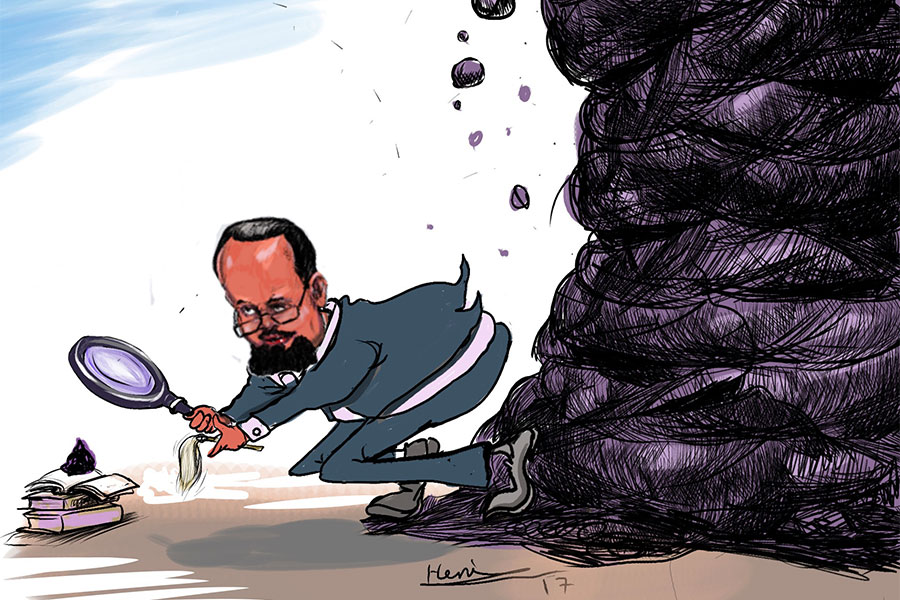
Jun 28 , 2025
Meseret Damtie, the assertive auditor general, has never been shy about naming names...
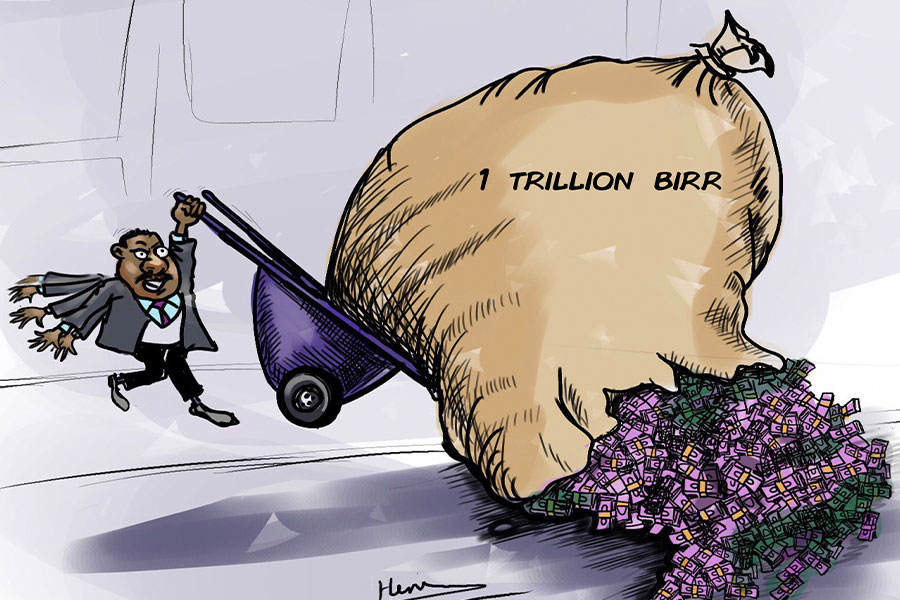
Jun 21 , 2025
A well-worn adage says, “Budget is not destiny, but it is direction.” Examining t...
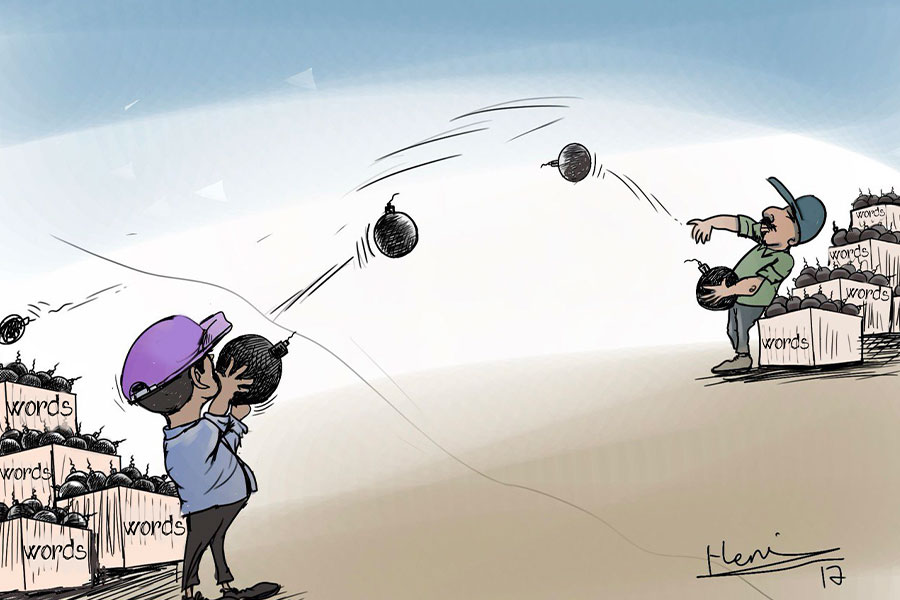
Jun 14 , 2025
Yet again, the Horn of Africa is bracing for trouble. A region already frayed by wars...

Jun 7 , 2025
Few promises shine brighter in Addis Abeba than the pledge of a roof for every family...

Jun 29 , 2025
Addis Abeba's first rains have coincided with a sweeping rise in private school tuition, prompting the city's education...
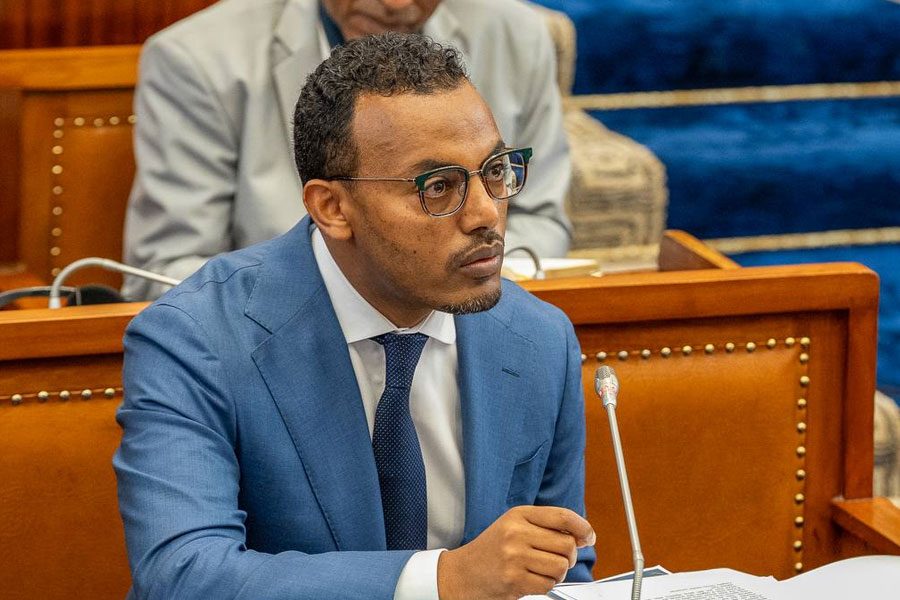
Jun 29 , 2025 . By BEZAWIT HULUAGER
Central Bank Governor Mamo Mihretu claimed a bold reconfiguration of monetary policy...

Jun 29 , 2025 . By BEZAWIT HULUAGER
The federal government is betting on a sweeping overhaul of the driver licensing regi...
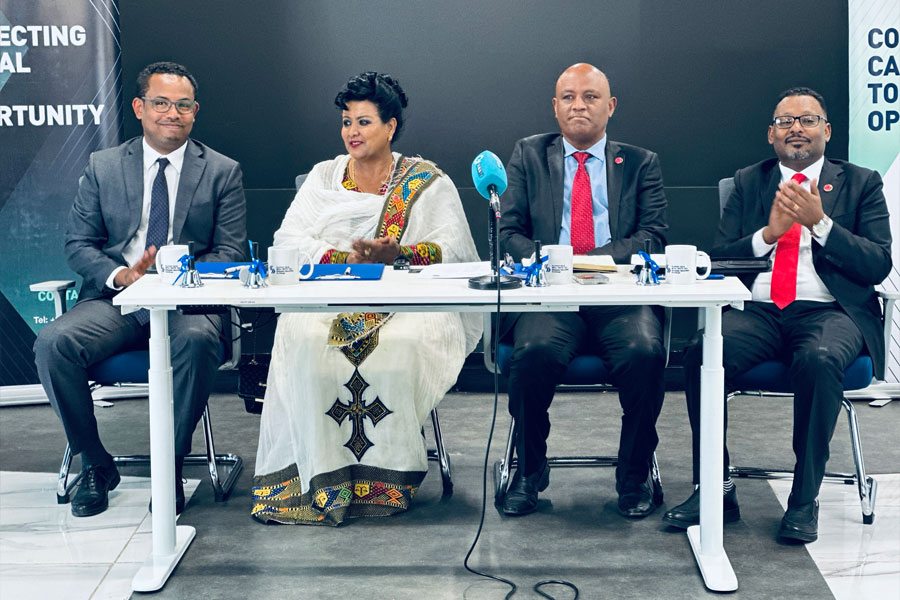
Jun 29 , 2025 . By NAHOM AYELE
Gadaa Bank has listed 1.2 million shares on the Ethiopian Securities Exchange (ESX),...